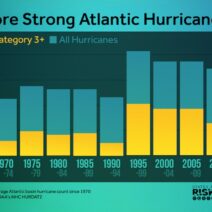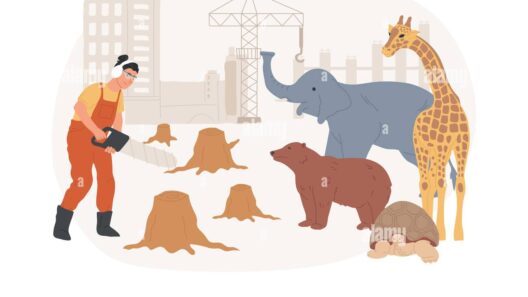Have you ever stopped to ponder how your daily choices might be contributing to the ever-looming specter of global warming? It’s a playful question, yet one that bears gravity, inviting introspection into the intricate web of our consumption patterns. Indeed, our very routines may be unwittingly stoking the flames of climate change. This perspective challenges us to consider not just individual actions, but the collective impact of societal norms and infrastructures that underpin our everyday lives.
At the core of this discussion lies the undeniable reality that our reliance on fossil fuels is a principal catalyst for greenhouse gas emissions. Transportation is a significant contributor in this regard. Every time we opt for a car, whether it be for commuting to work, running errands, or embarking on leisurely road trips, we are effectively issuing a carbon footprint. The average passenger vehicle emits about 4.6 metric tons of carbon dioxide per year. Multiply that by the millions of cars on the road, and the environmental repercussions are staggering.
Yet, it’s not solely about personal vehicles. Public transportation—buses, trains, subways—also plays a critical role. While these modes can be more efficient than individual cars, many cities still rely heavily on diesel-fueled buses and freight trucks. A systemic shift towards renewable energy sources in public transit systems is necessary to mitigate fossil fuel dependency.
Moreover, let us not overlook the matter of air travel. For those who often glide through the skies, it is essential to recognize that a single round-trip flight from New York to San Francisco can emit over 2 tons of carbon dioxide per passenger. Consider how many of these flights occur every day. The aviation industry accounts for approximately 2-3% of global carbon emissions. The challenge here is not merely to curtail air travel; it is to rethink our travel habits altogether and explore sustainable alternatives like trains or local vacations.
Beyond transportation, our consumption of energy in the home significantly exacerbates climate change. Heating and cooling systems, appliances, and electronic devices—each when powered by fossil fuel, contribute to greenhouse gas emissions. An average American household emits approximately 7.5 metric tons of carbon dioxide each year from electricity usage alone. In contrast, a commitment to energy efficiency, such as using LED bulbs, Energy Star appliances, and proper insulation, can drastically reduce this figure.
Then there is the matter of food choices. The agricultural sector is a major player in climate dynamics, contributing roughly 14.5% of global greenhouse gas emissions. Consider the carbon footprint of meat production, particularly beef and lamb. Cattle produce methane—an incredibly potent greenhouse gas. A staggering 1,800 gallons of water are used to produce a single pound of beef. Shifting towards a more plant-based diet, or at the very least reducing meat intake, poses a challenging yet impactful strategy for mitigating climate change.
Furthermore, let us engage in a deeper exploration of consumer habits. The fast fashion industry exemplifies the lavish extravagance that fuels environmental degradation. The production of clothing, often synthetic and non-biodegradable, necessitates copious amounts of water and energy. Each year, millions of tons of textiles end up in landfills, where they contribute to methane emissions as they decompose. Conscious consumerism—the deliberate choice to buy less and purchase sustainable brands—can play a transformative role in addressing this issue. How often do we actually need new clothing? What if we challenged ourselves to utilize what we already own?
Another pivotal avenue that warrants attention is waste management. Landfills are significant contributors to greenhouse gas emissions, particularly methane. Single-use plastics, disposable items, and excessive packaging exacerbate this predicament. Composting organic waste, reducing single-use plastics, and participating in recycling programs can foster circular economies and minimize waste incidences. In essence, pursuing zero-waste lifestyles not only benefits the environment but also fosters communal responsibility.
As we journey through this ecological labyrinth, we must also recognize the role of awareness and education. Community initiatives and local environmental programs often serve as springs of inspiration, empowering individuals to take actionable steps towards sustainability. By fostering a dialogue within communities about the implications of energy consumption, promoting local food sources, and evoking a sense of environmental stewardship, we pave the way for an informed populace capable of inciting change.
So how do you reconcile the profound impact of your daily life on global warming? The ultimate challenge is to cultivate a mindset centered on sustainability. Each small, conscious decision ripples outward, creating waves of change. Can you find innovative solutions within your own life to minimize your footprint? The labyrinth of climate change is vast and convoluted, but with determination and collective resolve, humans have the capacity to forge a more sustainable path forward.
By scrutinizing our daily routines, we can reposition ourselves as stewards of the planet rather than mere consumers. This challenge beckons each of us to reimagine our habits, embrace accountability, and foster a harmonious relationship with the environment. It may just be the most critical quest we embark on in our lifetime.








